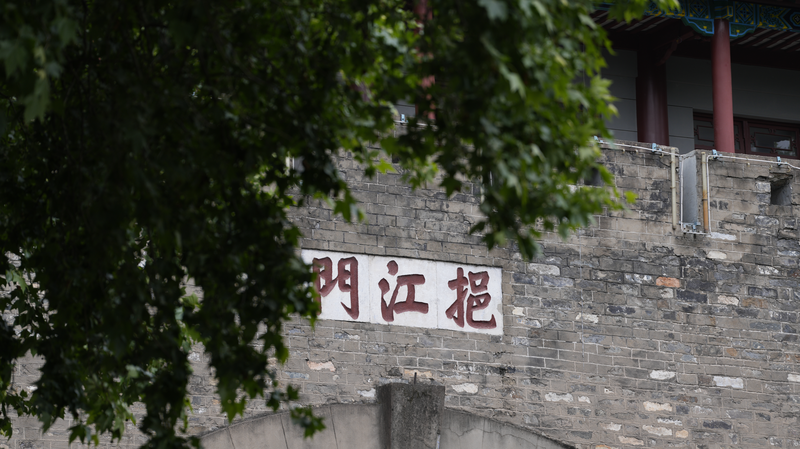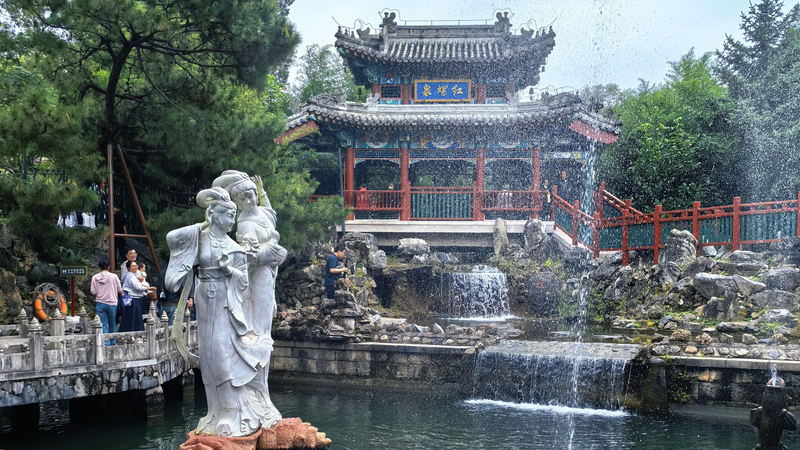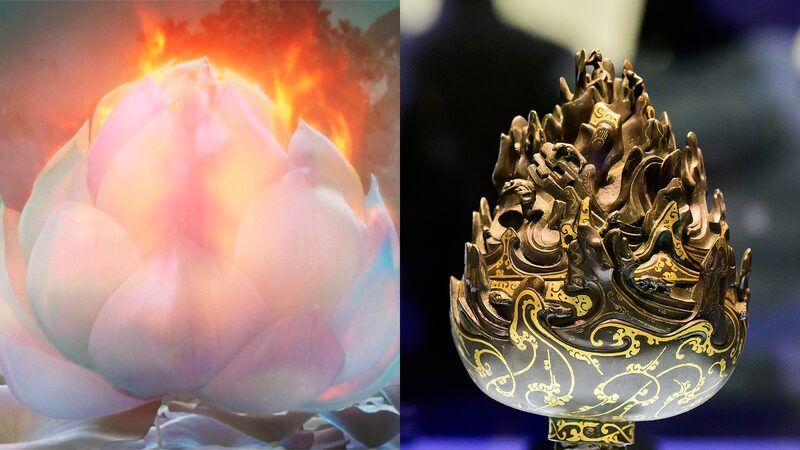Did you know a 19th-century Danish fairy tale holds a glittering piece of Chinese history? 🌟 Hans Christian Andersen’s The Garden of Paradise (1839)—a story about a prince chasing Eden—features a pagoda inspired by the real-life Glazed Pagoda of Nanjing’s Great Bao’en Temple! 🏯✨
This literary Easter egg connects Andersen’s whimsical storytelling to China’s Ming Dynasty-era landmark, once dubbed one of the "Seven Wonders of the Medieval World." 🔍 Scholars say the pagoda’s dazzling porcelain tiles and mythical aura sparked Andersen’s imagination, blending Danish fantasy with Asian architecture centuries before globalization. 📚🌍
April 2 isn’t just Andersen’s birthday—it’s also #InternationalChildrensBookDay! 📅 Founded in 1967, the day celebrates kids’ literature worldwide. Why not mark it by diving into The Garden of Paradise or googling the Glazed Pagoda’s wild history? (Spoiler: It was destroyed in the 19th century—but digital reconstructions let you time-travel! ⏳💻)
Talk about a cultural crossover—even fairy tales need passport stamps! ✈️💫
Reference(s):
cgtn.com






